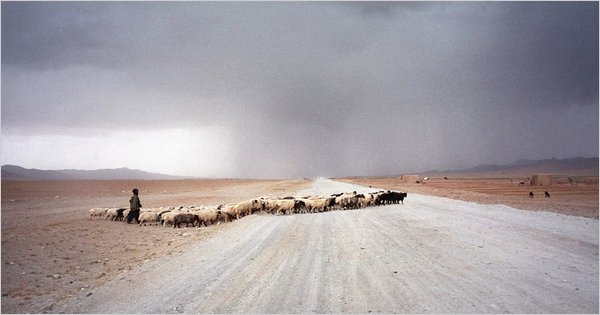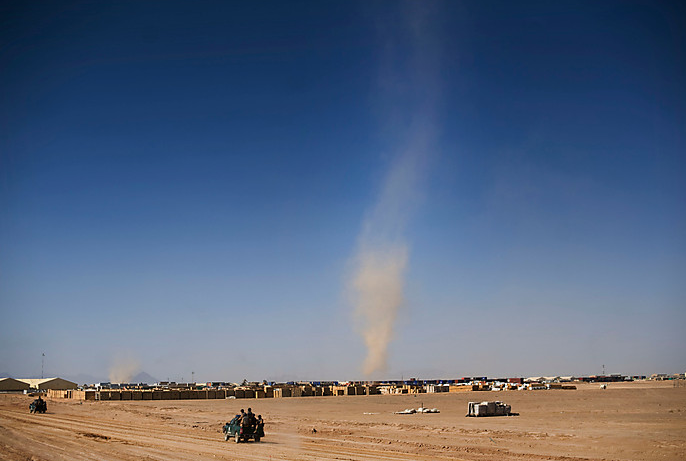The New York Times made it the lead story: “U.S. Identifies Vast Riches of Minerals in Afghanistan.” The question remains of who will get the riches. The Times danced all around that one, and the key words sound like a Hot Button list for those who pay attention to how imperialism is coded in public discourse. The report was filed by a Pentagon task force for business development that had recently been transferred from Iraq. (Did you know that the Pentagon has a deputy undersecretary for defense for business?) The research was conducted with geologists from the United States Geological Survey’s international affairs office. (Yes, they have an international affairs office.) The relevant Afghani law was written by advisers from the World Bank (just happened to be passing through Kabul). Mining contracts are being drawn up by “international accounting firms,” and the technical data is about to be turned over to “multinational mining companies.”
Needless to say, with talent like this, we can look forward to the day when, according to the internal Pentagon memo quoted by the Times, Afghanistan will become “‘the Saudi Arabia of lithium.'” Coming your way soon, yet another obscenely wealthy beacon of authoritarianism and Islamist terrorism.
But that’s the future, and of course the future could turn out otherwise. What is interesting for the moment is how the conversion of Afghanistan into a mineral extraction colony for multinational capitalism is being framed both verbally and visually.

This is the photograph that the Times appended to their article. It is one of many amazing images of Afghanistan by Tyler Hicks, and I believe I’ve seen it some time ago. In short, this is not Tyler Hicks working up the mineral story, but rather an appropriation of the image to frame that story. As such, the implications are clear: there really is nothing and almost nobody there; the pastoral herders who are there are incapable of the capital- and technology-intensive development necessary to convert the rocks to wealth. Where have we heard that before? Well, in the American West.

Let me suggest that the idea that Central Asia is a new Wild West has been present often enough in the visual coverage of the American military occupation of Iraq and Afghanistan. This photograph was part of a slide show at the Washington Post on Marine efforts to secure the area around Marja in southern Afghanistan and train Afghani police at “Camp Leatherneck” there. This shot was the last in the series. Don’t say there are no more frontiers, because this is an image of a frontier outpost.
Photographs by Tyler Hicks/New York Times and Andrea Bruce/Washington Post.
Cross-posted at BAGnewsNotes.
Waking up to realize that all of us, even the President, are in the control of this Corporate Resource-Hogging Monster has been disgusting.
Next, we’ll see the small-pox ridden blankets given out to the natives.
In my mind, this is only a Pentagon propaganda ploy to boost Mission Impossible into Mission Infinity.
Afghanistan will become “‘the Saudi Arabia of lithium.’”
Hey, dilithium crystals have to be made from something and we can’t expect to keep powering our starships with petrocarbons forever!
[…] infiltrating the optical unconscious: how the war is a form of extreme sport, or Afghanistan a new frontier. In each case, media culture digs into its storehouse to put up images that imply some […]